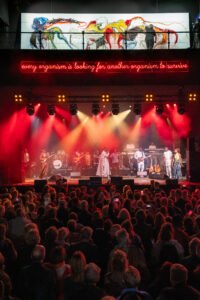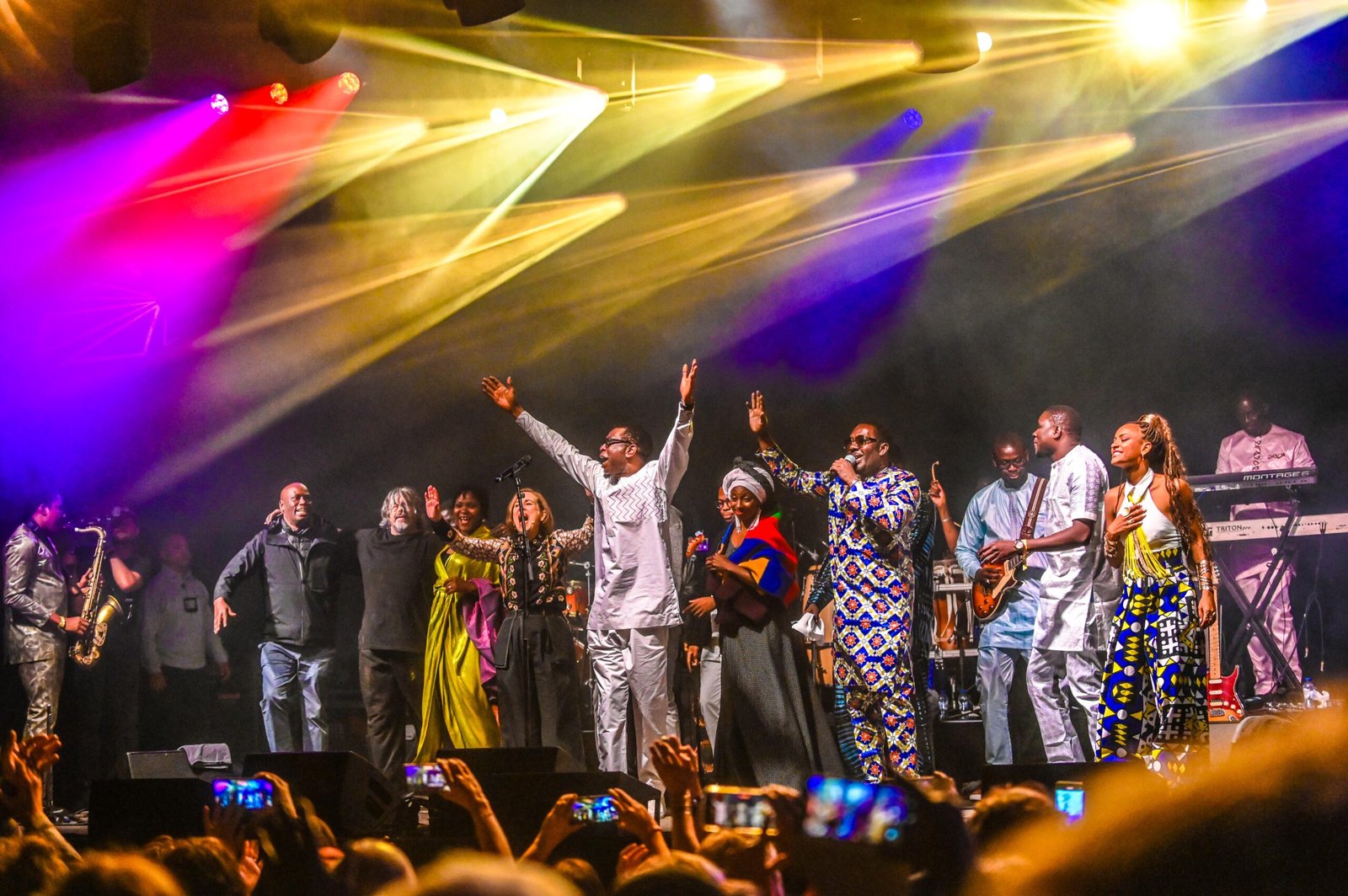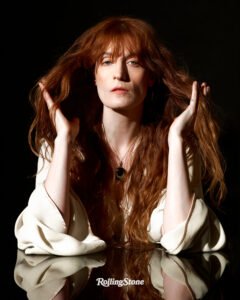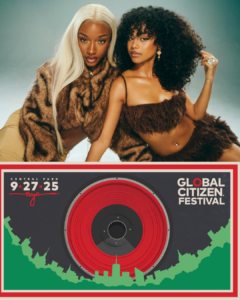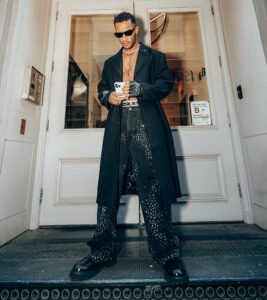At LABIOMISTA, Wild Gene Festival brought 3,500 people together for a night where music, art, and humanity converged beautifully.
Belgium, famous for its chocolate, will need to introduce itself as a culture hub. A warm summer evening in Belgium saw the first edition of Wild Gene Festival, envisioned by artist Koen Vanmechelen and Senegalese musician Youssou N’Dour. LABIOMISTA, Koen Vanmechelen’s living artwork and evolving art park, became the stage for the inaugural festival, a one-night gathering that blurred the lines between music, art, and community.
Over 3,500 people flocked to Genk from as far afield as Senegal, Ethiopia, Zimbabwe, Hong Kong, and the United States.
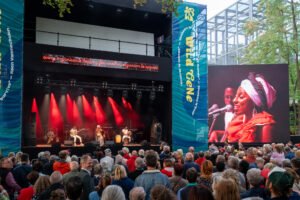
From the start, the tone was set by broadcaster Kirsty Wark, who welcomed the crowd with a thought that stuck. It is not only artists that have wild genes, but we are also all creative in our own way, and we are celebrating this with a night of hope for the world.” And that spirit of hope carried the night.
The Wild Gene Festival was realised in just three months, the product of a spontaneous collaboration between Vanmechelen and Senegalese music icon Youssou N’Dour. Unlike the slick, pre-packaged mega-festivals that dominate summer calendars, this one was stitched together with belief, sweat, and more than 45 volunteers. As Vanmechelen put it: “Wild Gene Festival wasn’t outsourced; it was interwoven. It only happened because enough people believed in it and were willing to make it happen.”
The festival wasn’t contained by fences either. On surrounding streets like Nomadland and Marcel Habetslaan, neighbours spilled out with food and drink, watching from the fringes and swelling the sense of shared celebration. It was Genk at its most alive.
Before the music started, Zimbabwean social entrepreneur Chido Govera delivered a raw call for empathy: “We need to remind each other of our humanity, especially now, the essence of who we are as people. Not everything between us needs to be transactional.”
Then came the hypnotic voice of Hope Masikze, Zimbabwe’s mbira queen, who married traditional rhythms with contemporary arrangements to spellbinding effect. Her performance unfolded like a ritual, grounding the festival in Southern African flair.
The night’s crescendo came when Youssou N’Dour and his legendary band Le Super Étoile de Dakar lit up the stage with their high-octane mbalax rhythms.
As the beats surged, Vanmechelen, sleeves rolled up, began to paint live onstage, a nine-meter-long canvas that stretched across the performance space. Brush met drumbeat, colour met melody, and the audience became witness to a real-time collision of two disciplines.
The Wild Gene Festival was never about building another entry in Europe’s crowded festival circuit. It wasn’t about headliners but about connections. It was about proving that art, in its most untamed form, still has the power to stitch communities together, however fleetingly.
“The energy, the community engagement, the international momentum touches the very core of LABIOMISTA: connection. The festival showed what becomes possible when we dare to embrace hope,” shared festival co-founder, Vanmechelen.
As the final notes faded and the freshly painted canvas dried attendees were pleased after a day filled with culture and community. With whispers of taking the concept global, the Wild Gene Festival may well become a cultural export as unique as the art park that birthed it.
